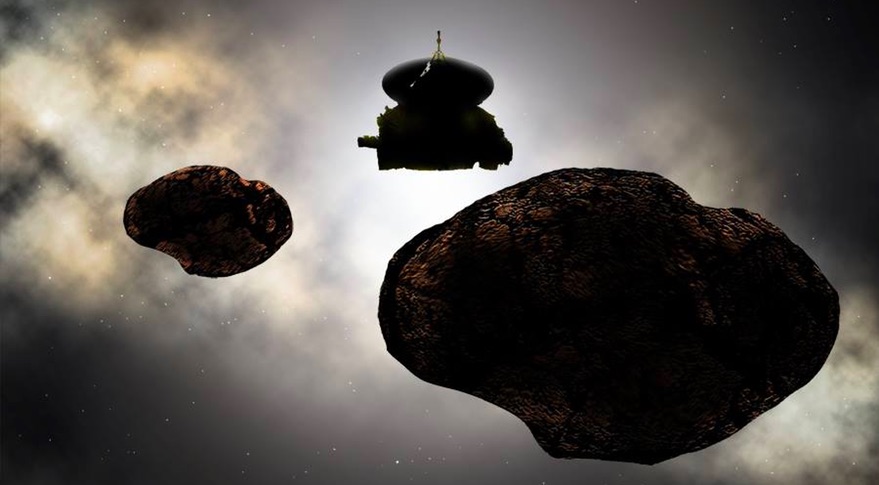New Horizons Probe Wakes from 5-Month Slumber

NASA's New Horizons spacecraft is zooming through the outer solar system with its eyes open once again.
New Horizons woke from a five-month hibernation period — its first stretch of rest since before its epic Pluto flyby in July 2015 — last week, right on schedule, mission team members said.
The probe is in good health and ready to resume studying the dark, frigid depths of the Kuiper Belt, the ring of bodies beyond Neptune's orbit, they added. [Destination Pluto: NASA's New Horizons Mission in Pictures]
"It's another working science cruise through the Kuiper Belt for New Horizons," mission operations manager Alice Bowman, of the Johns Hopkins Applied Physics Lab in Laurel, Maryland, said in a statement.
From now until mid-December, New Horizons will take the Kuiper Belt's measure, studying the region's radiation environment, gas and dust concentrations, and other characteristics. The spacecraft will also observe a number of Kuiper Belt objects (KBOs) from afar, using its telescopic camera, mission team members said.
In addition, New Horizons' handlers will test the probe's scientific instruments, making sure everything is working ahead of a planned Jan. 1, 2019, flyby of a small KBO called 2014 MU69. This flyby — which will take New Horizons about three times closer to 2014 MU69 than it got to Pluto back in 2015 — is the centerpiece of the spacecraft's extended mission, which NASA approved last year.
On Dec. 9, New Horizons will fire its engines to refine its course toward 2014 MU69. Then, on Dec. 22, the probe will go into hibernation again; it will wake on June 4, 2018, to prep for the upcoming flyby, mission team members said.
Breaking space news, the latest updates on rocket launches, skywatching events and more!
The $700 million New Horizons mission, which launched in January 2006, got the first-ever good looks at Pluto during the spacecraft's historic flyby, revealing the dwarf planet to be a stunningly complex world with vast nitrogen-ice plains, towering mountains of water ice and a diversity of other landscapes.
New Horizons is currently about 3.62 billion miles (5.83 billion kilometers) from Earth — so far away that it takes commands more than 5 hours to reach the probe at the speed of light.
Follow Mike Wall on Twitter @michaeldwall and Google+. Follow us @Spacedotcom, Facebook or Google+. Originally published on Space.com.

Michael Wall is a Senior Space Writer with Space.com and joined the team in 2010. He primarily covers exoplanets, spaceflight and military space, but has been known to dabble in the space art beat. His book about the search for alien life, "Out There," was published on Nov. 13, 2018. Before becoming a science writer, Michael worked as a herpetologist and wildlife biologist. He has a Ph.D. in evolutionary biology from the University of Sydney, Australia, a bachelor's degree from the University of Arizona, and a graduate certificate in science writing from the University of California, Santa Cruz. To find out what his latest project is, you can follow Michael on Twitter.

